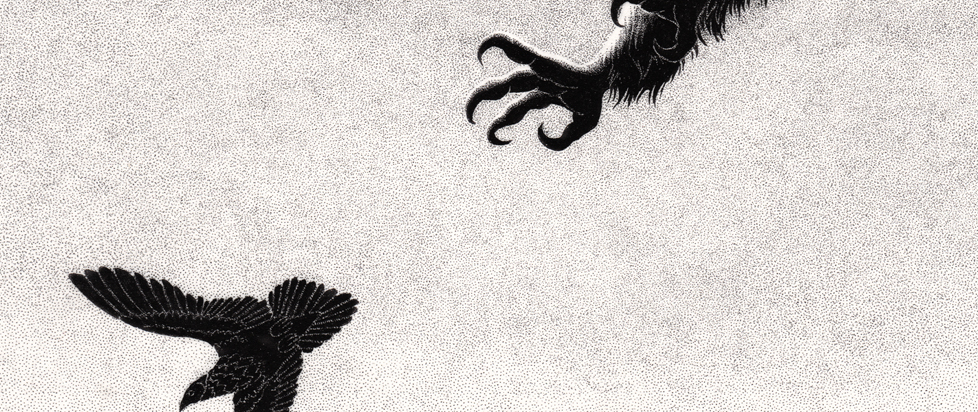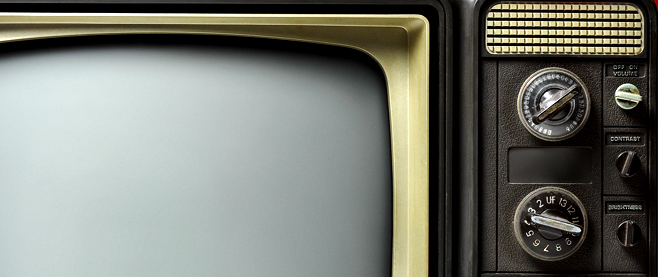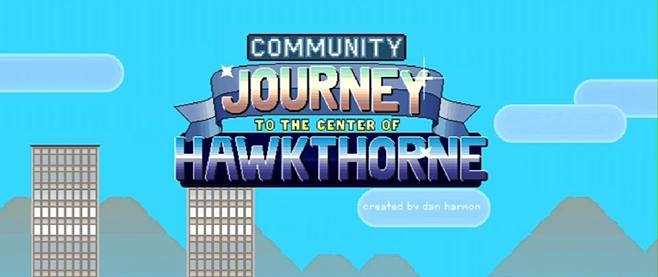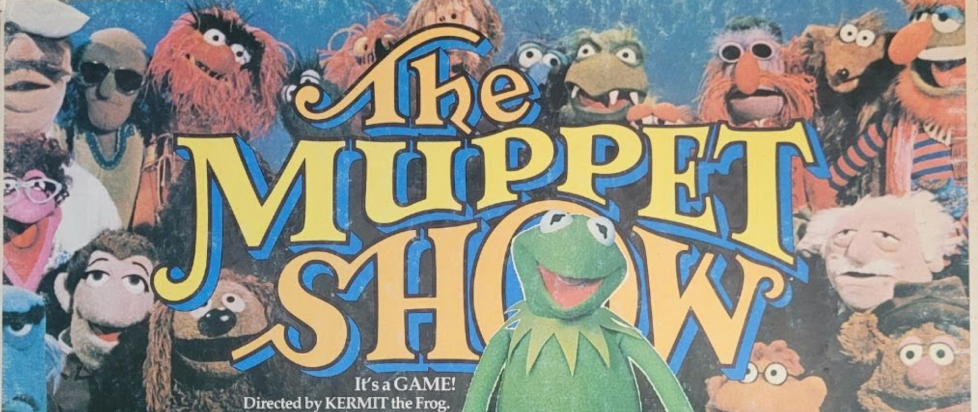
It’s Time to Raise the Curtain on the The Muppet Show Game
I see board games in the store and they always look so cool and then I buy them and bring them home, I’m so excited to open them, and then I play them, like, twice… This column is dedicated to the love of games for those of us whose eyes may be bigger than our stomachs when it comes to playing, and the joy that we can all take from games, even if we don’t play them very often.
———
I have a friend who is super into the Muppets. And why shouldn’t she be? The Muppet Show was amazing and the Muppets themselves are great. So, when I saw a copy of The Muppet Show Game, I picked it up and gave it to her for her birthday – which, of course, also means that I got to play it, like, twice.
The game itself is a relic of a time when board games were something very different than they are today. I mentioned this already when writing about 13 Dead End Drive, which dates back to the ‘90s, and it’s even more true of this game, which was released by Parker Bros. back in 1977. This is an artifact of the age of cheap family board games aimed at kids, rather than the elaborate and often expensive games that we usually cover in this column.
As such, The Muppet Show Game is disarmingly simple. The game board is a simple grid, illustrated to resemble a stage, complete with dressing rooms on one side and footlights (and a delightful Muppet crowd) on the other. Aside from the board, the game contains only a handful of simple cardboard standees to represent your Muppet characters, some other standees representing sets, and a pair of spinners that are just plastic arrows affixed to a cardboard backer.
To play the game, you pick a pair of Muppets. The pairs are denoted by their standees having the same color background. The goal is to get these Muppets – and their matching set – to their place at the footlights. To do this, each player spins the pair of spinners on their turn. One indicates the Act (numbered 1-4) and the other the Scene (numbered 1-10). The player to their left then reads the “script,” contained at the back of the short rulebook, for the relevant Act and Scene, which tells how the player has to move.
For example, one combination may say to “Move one of your Muppets diagonally 4 spaces.” Another might say, “Move any Muppet one space.” What you get to do on your turn is a crapshoot, and you’re only slightly more likely to move your own Muppets than you are to try to interfere with the other players trying to move theirs. Plus, the fact that the player next to you is the one interpreting your spin means that fully half of the possible players (the game accommodates two to four) will be active on each turn. And because you don’t have a lot of choice in what you do, the turns go quick, meaning that the game itself plays fast and there’s very little waiting around.
There’s also not a lot of room for strategy, because the script tells you exactly what you have to do on each turn – you always have to move your Muppet or set the requisite number of spaces, which sometimes puts you tantalizingly close to your goal, without being able to actually settle on it. Yet, there’s more strategy than it might look like at a glance, since each player has two Muppets and a set to get into place, plus opportunities to interfere with the other players, both by blocking their path and, in some cases, by actually moving their Muppets or sets.
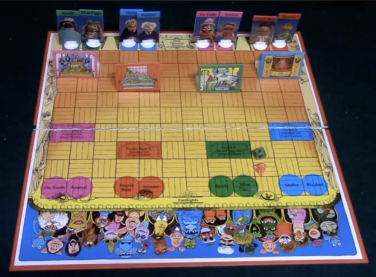
All of this makes for a surprisingly robust game, especially given that the box lists its age range as 7 to 14. It’s nothing like the complexities of many modern board games, but it’s certainly a step up from some of its peers.
Perhaps even more surprising is how well the game’s somewhat chaotic play captures the madcap nature of the Muppets themselves. At one point, one of our players was within a single square of winning for several turns, but could not get there, always getting results that required him to move more than a single square, so that he was constantly dancing around the spot where he needed to be, but never able to move into position. As the Muppet in question was Animal, this felt particularly apropos.
Leaving aside the way the game plays, there are other elements that make it feel like a must for Muppet aficionados. The box, which naturally has to be large enough to accommodate the game board, is otherwise more empty than not, but the game still has plenty of Muppet-y little touches. One favorite: The cardboard standees of the Muppets use photos from the show, while the rest of the art is hand-drawn. However, the standees show a front view of the Muppets in question on the front, while the back shows the backs of their heads.
Most of the rest of the artwork is done in a very children’s book style, from the board itself to the standees for the various sets to the Muppets in the crowd, waiting to watch the show. The rulebook and script, meanwhile, are littered with illustrations of Kermit pulling faces and quipping one-liners.
Like many board games, this one was released in several different countries, with some unusual variations from one to the next. The most obvious comparison is the UK version of the game, which was released by Palitoy – at the time, both Palitoy and Parker Bros. were subsidiaries of General Mills.
The UK version is basically the same, but uses a different board, which positions the Muppets in different places. Odder still, the player draws cards to tell them what to do, rather than using the spinners to denote Act and Scene. The artwork is different throughout, including using drawings rather than photos of the Muppets on their standees. But perhaps the most unexpected change is that two of the Muppets have been switched. Instead of Statler and Waldorf, as in the U.S. version, one pair of Muppets is now the Great Gonzo and Zoot. I have no idea why. Maybe Zoot is a big star in the UK?
———
Orrin Grey is a writer, editor, game designer, and amateur film scholar who loves to write about monsters, movies, and monster movies. He’s the author of several spooky books, including How to See Ghosts & Other Figments. You can find him online at orringrey.com.


